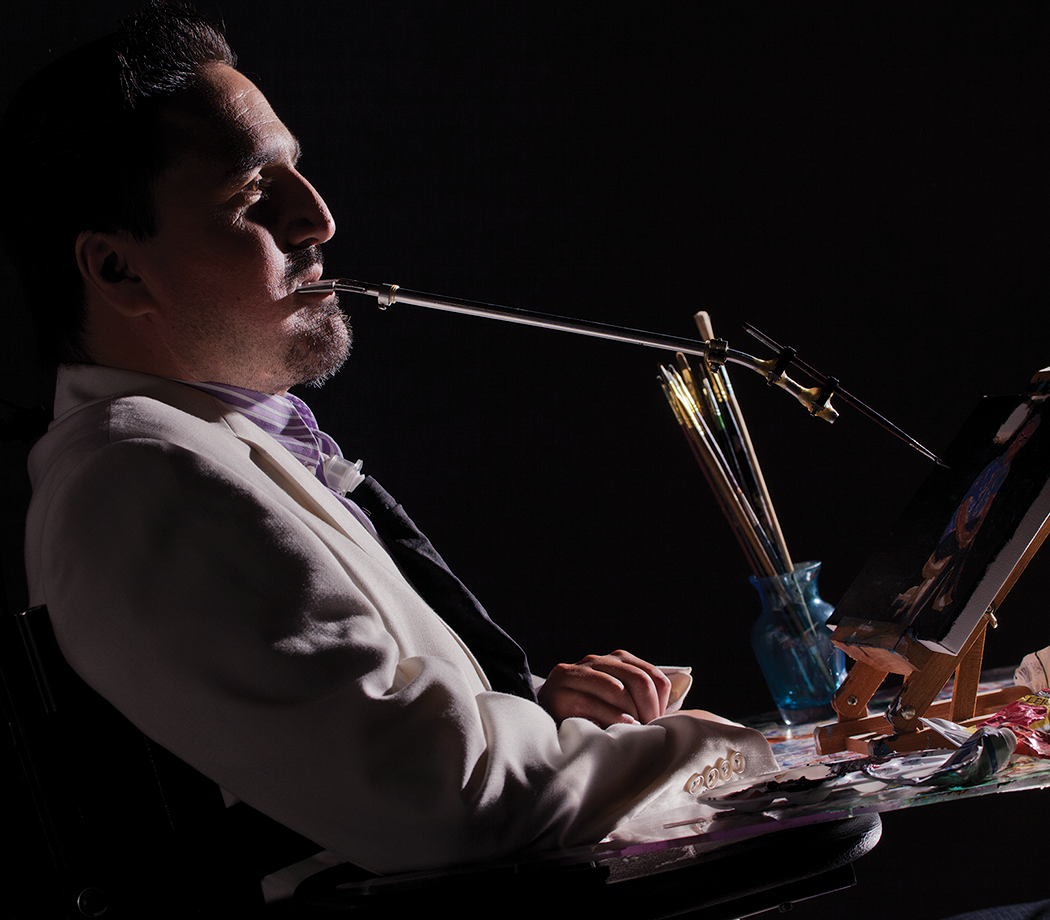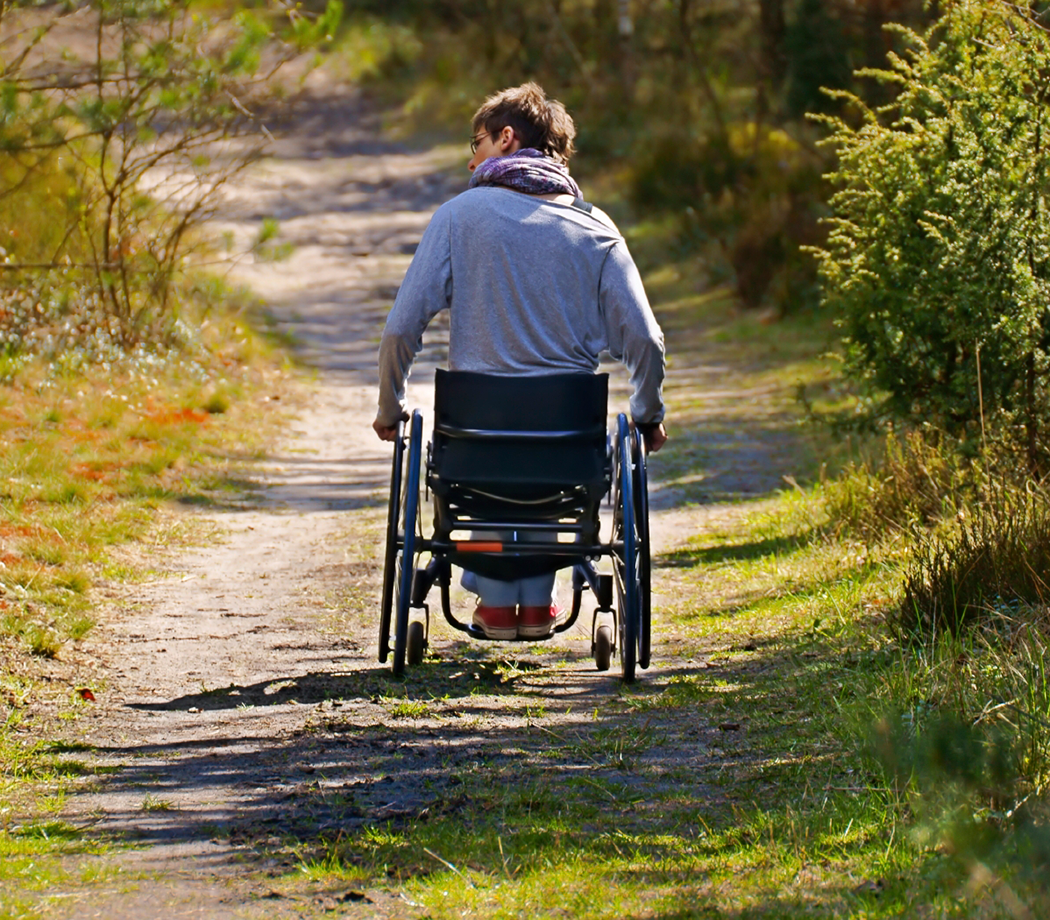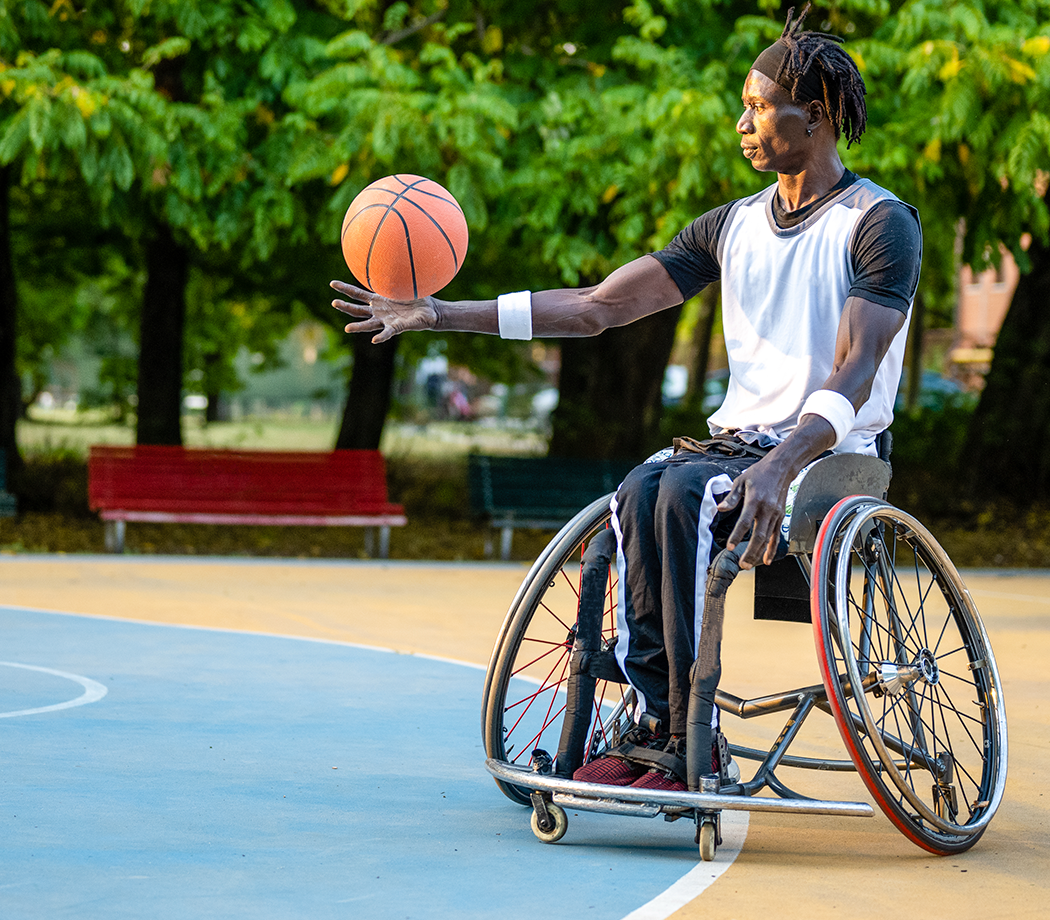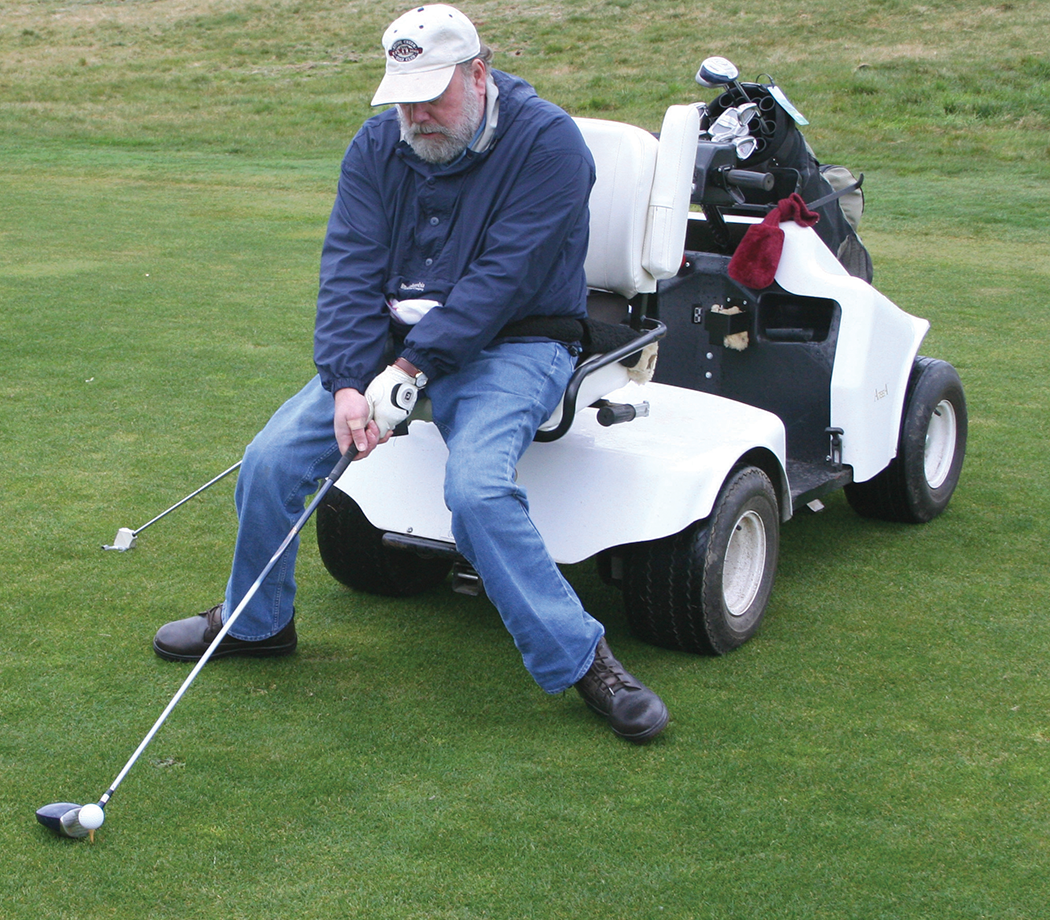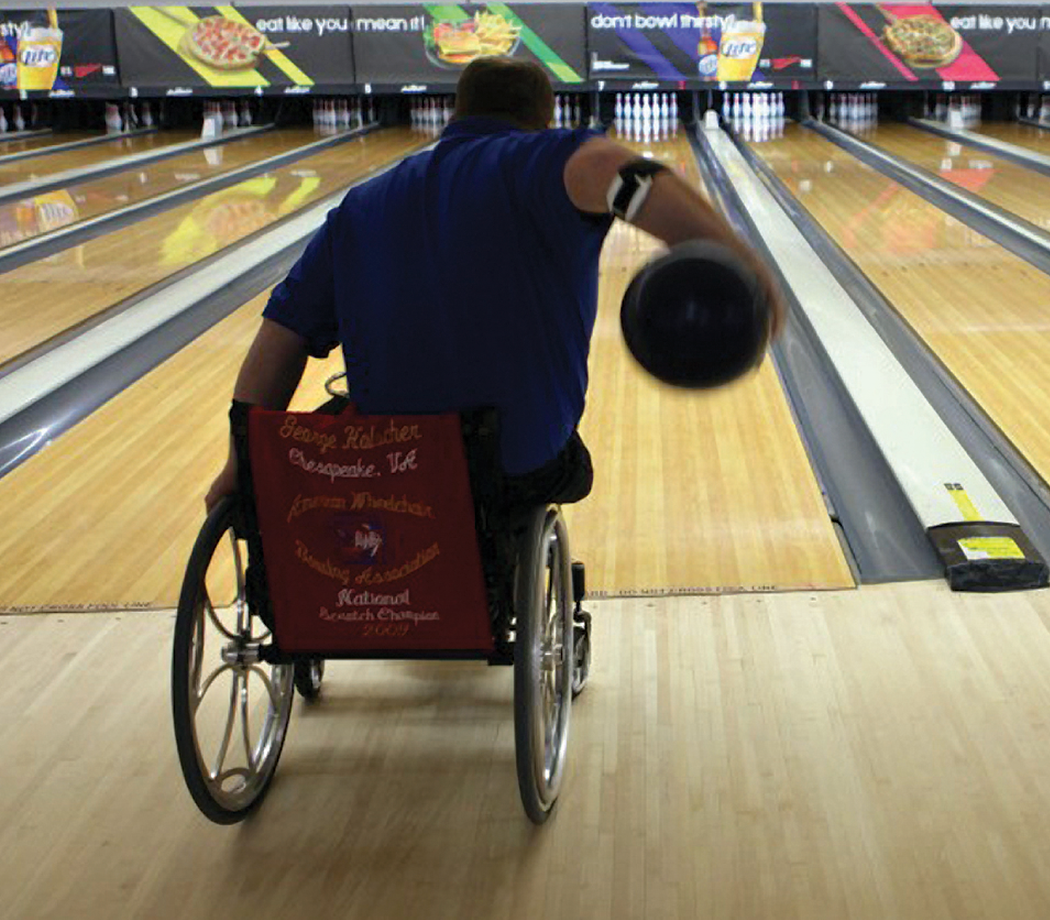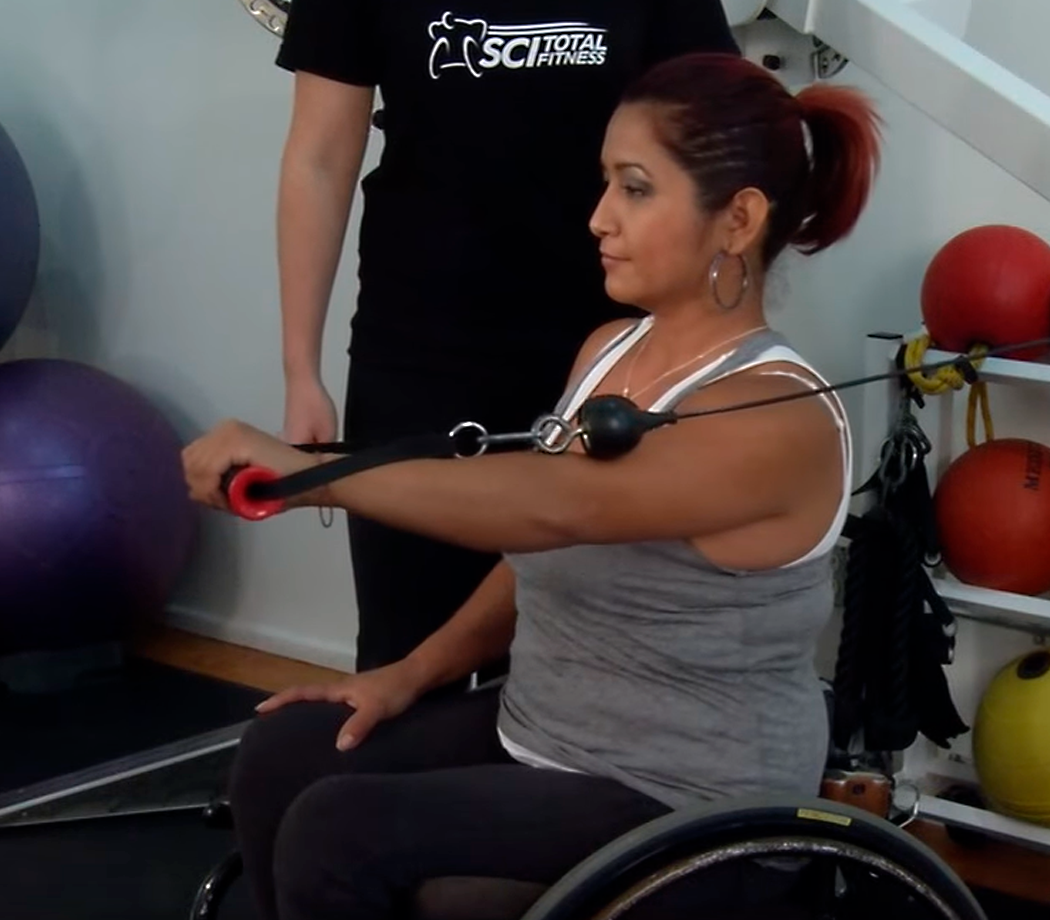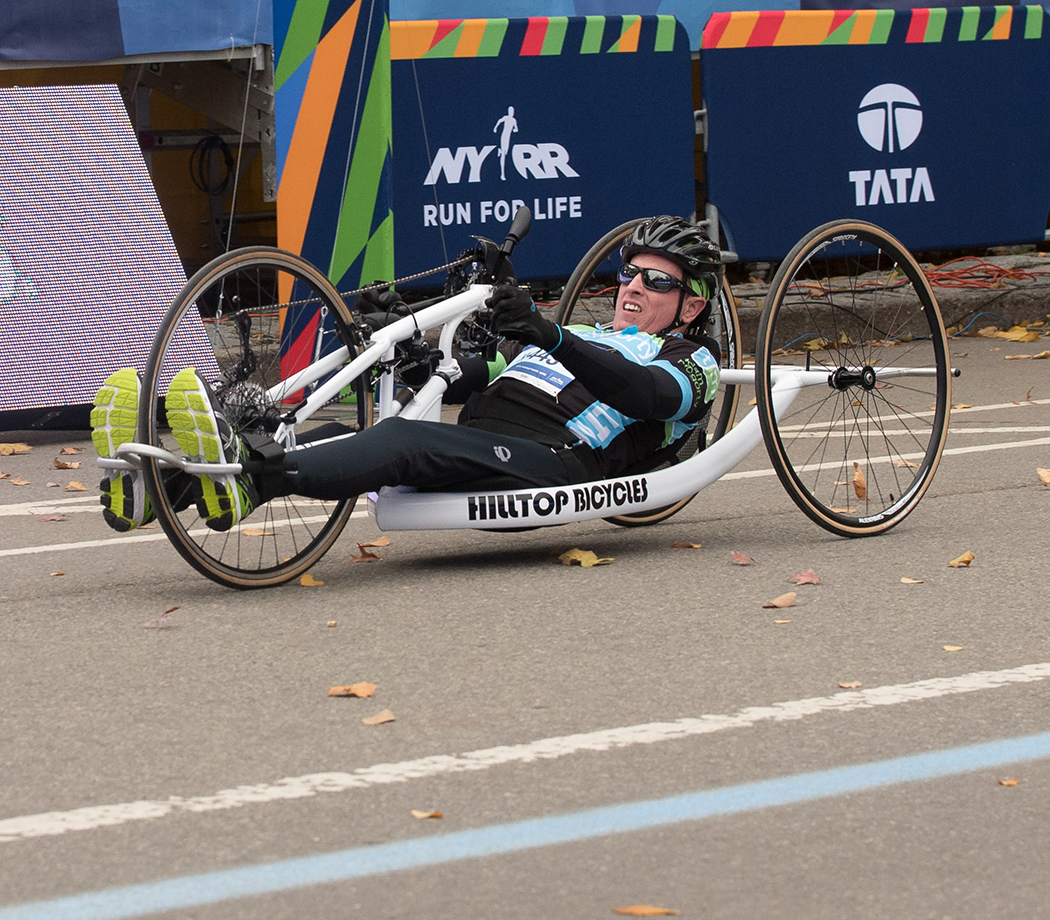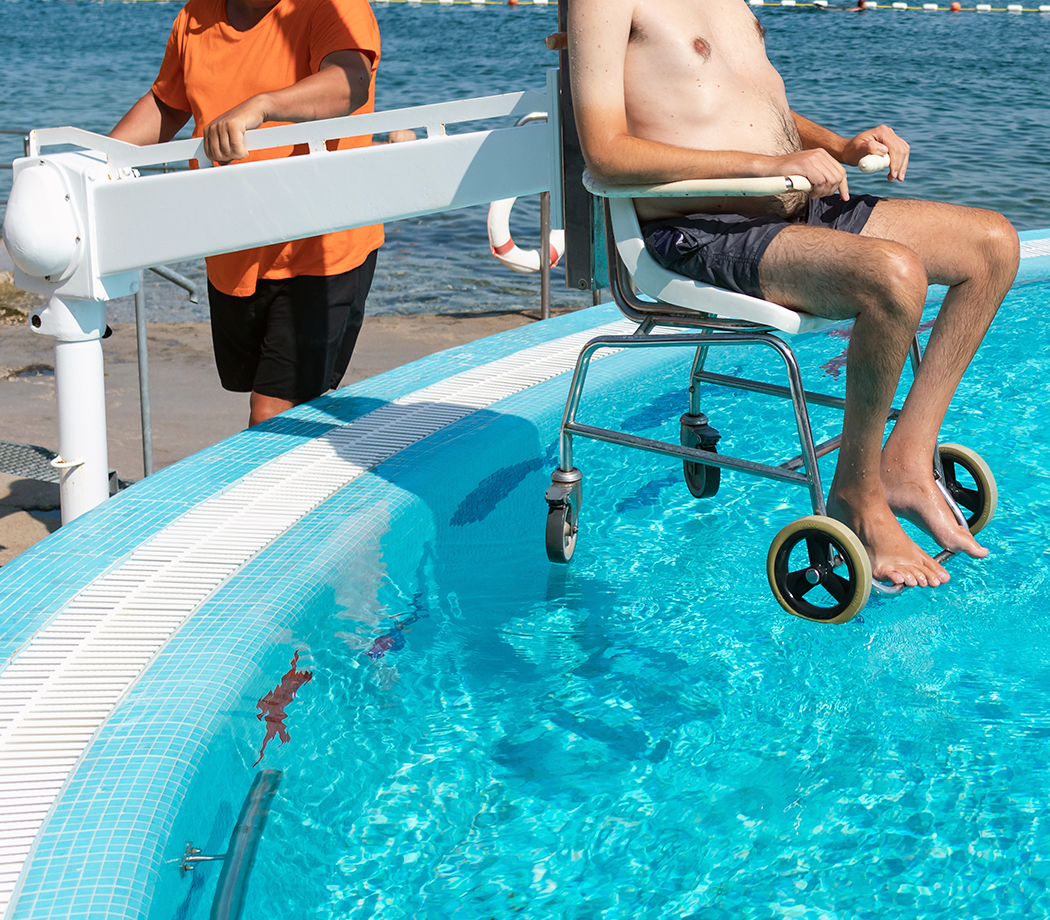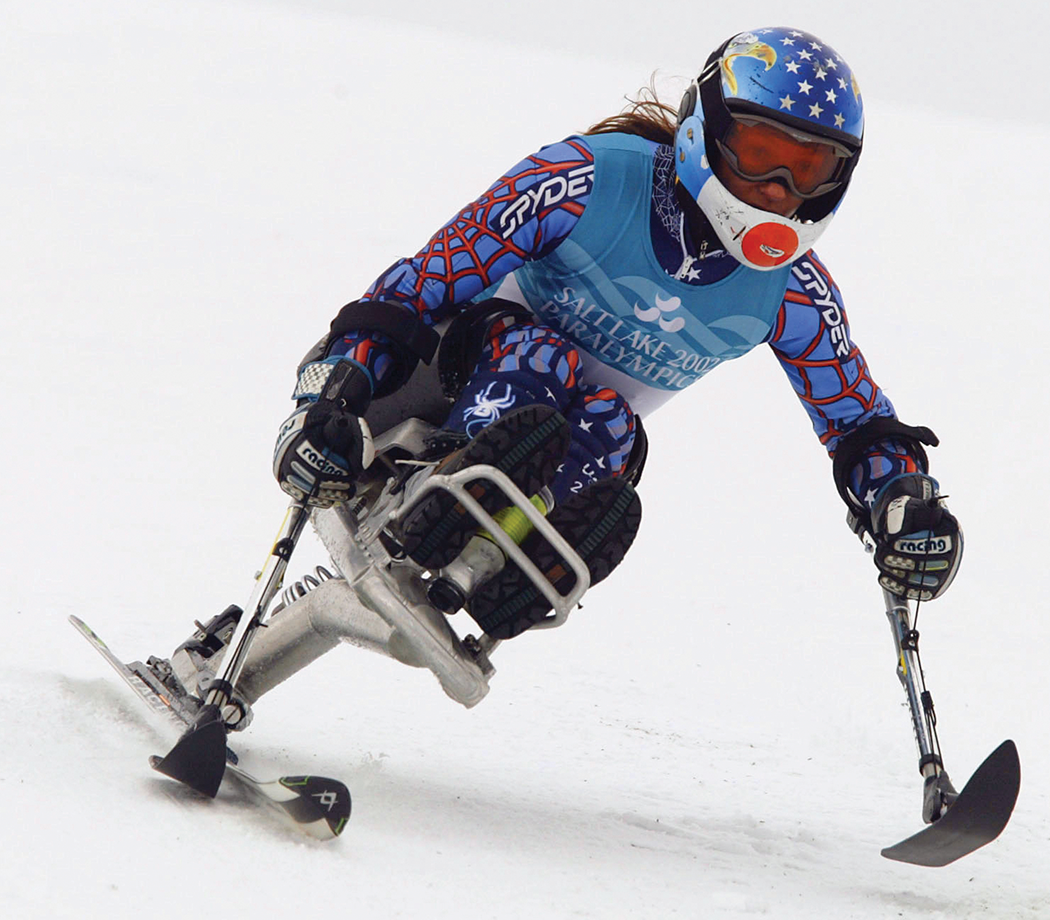Video series: Adaptive Exercise Tips
Our series is led by Kristin McNealus, a physical therapist for inpatient rehabilitation for people with spinal cord injuries and director of a community adaptive gym for people with neurological injuries.
Kristin’s focus is always on what the body is capable of performing when pushed. She will encourage you to work as hard as you can and stay committed to your fitness goals.
Doorway Stretches
When you are pushing your chair all day, transferring, or walking with a walker, you are using all these muscles in the front. They are getting stronger, and shorter. They pull your shoulder blades around and make the joint space smaller.
This contributes to shoulder pain and rotator cuff tears. This can also happen if you are sitting in a power chair, with a bit of a curve, and reaching. It seems inevitable that people with spinal injuries will have shoulder pain, but there is something you can do.
Leg Stretches By a Caregiver
Stretching your legs is often one of those routines that gets dropped as you get busy. But keeping your range is important for a number of reasons. Here is how a caregiver can stretch you.
Leg Stretches On Your Own
Learn how to stretch your legs on your own.
Shoulder Blade Exercises
Exercises that are important to hold the shoulder blade back in place.
First, rows. Pull your elbow back, so that your shoulder blade comes back. If you can, do both arms at once and squeeze your shoulder blades together. You’re choosing a weight that does not cause more pain. Ideally you don’t want to have any pain, but that isn’t possible for people who have constant shoulder pain.
Shoulder Injury Prevention
We talk about shoulder injury prevention a lot for manual wheelchair users. Well, what do you do most in your chair? Push it! The way you push could set your shoulders up for injury.
Wheelchair Adjustments to Prevent Shoulder Pain
Is your wheelchair set up to maximize your efficiency? You could be working harder to get around, as well as increasing the forces through your shoulders, leading to pain.
Pressure Relief Exercises
We all know pressure relief is important, we also know that many people don’t always make a conscious effort to do it as frequently as your therapists recommend.
Research shows that tissue requires 2 full minutes to fully re-perfuse with oxygen-rich blood after an hour of sitting, and yet the average pressure relief time is only 49 seconds.
About Kristin McNealus
Kristin McNealus, PT, DPT, ATP has worked as a physical therapist on inpatient rehabilitation for people with spinal cord injuries at a number of hospitals in Southern California, as well as Director of a community adaptive gym for people with neurological injuries. She has presented at conferences about SCI to other health care professionals, and taught students at a local physical therapy program about spinal cord injury evaluation and treatment. She enjoys training for endurance sports, and has completed 3 marathons, and over 20 triathlons, including the Ironman. She uses this passion for exercise and knowledge of what the body is capable of performing when pushed to its limits to help each client to reach his/her personal goals. She will motivate you to work as hard as you can, stay committed to your fitness goals and be the best you can be! Learn more at scitotalfitness.com.


